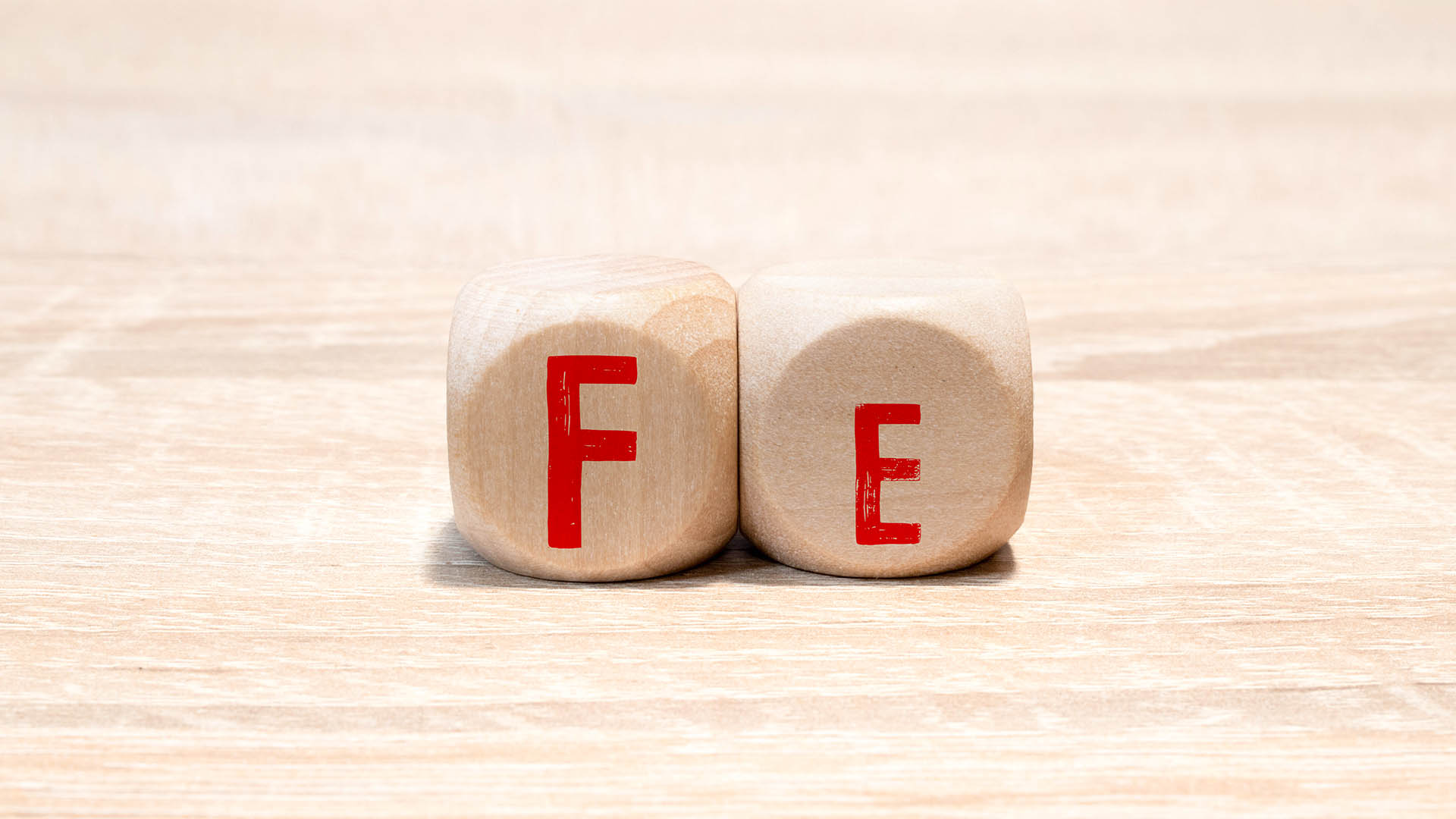Despite China's ongoing property crisis, the demand for iron ore remains robust due to the increasing need for steel in various sectors, including electric vehicles (EVs), wind farms, ships, bridges, and infrastructure projects. Iron ore prices have surged recently, defying concerns about China's economic challenges and negative steel production margins. While experts warn that these elevated prices may not be sustainable, China's continued demand for iron ore remains a significant factor in the global market.
China, the world's largest steel producer, consumes more iron ore than any other nation. This demand has been further fueled by the country's expanding EV industry, green energy initiatives, and infrastructure development. The surge in EV production, both for domestic and export markets, has contributed to the steady demand for steel, despite a soft property market in China.
Bin Jun Zhuang, former business development head of Fortescue Metals in China, highlighted China's ongoing need for steel, stating, "Although steel capacity has plateaued, the demand for steel and therefore for our iron ore is still strong despite the soft property market."
China's EV industry is experiencing rapid growth, with local car manufacturers achieving mass-scale production in the world's largest auto market. This growth has also led to concerns in the European Union about potential oversupply from China before Western car makers can produce more affordable electric vehicles.
Iron ore prices have recently surged by nearly 20%, reaching six-month highs. This price increase has left experts puzzled given China's property crisis and negative steel production margins. While most analysts believe that the current rally, which has pushed prices to around $US120 per tonne, is unsustainable, they expect prices to trade closer to $US100 per tonne over the next 15 months.
The property crisis in China has led to the suspension of work on numerous residential complexes by cash-strapped developers. Evergrande Group's bankruptcy filing and Country Garden's debt crisis have contributed to fears of a property market contagion. Despite these challenges, iron ore prices have remained buoyant due to increased steel output in China over the past few months and policy support for the property sector.
Analysts are cautious about China's plans to cap steel production at just over 1 billion tonnes for the year, which could reduce iron ore demand in the latter part of the year. Additionally, steel mills are grappling with negative margins, which might further reduce demand. However, the short-term outlook for iron ore prices remains relatively stable, supported by government assistance to property developers and lenders.
While China's steel output has increased in recent months, it remains uncertain whether the government will enforce the production cap, given its focus on stabilising the economy and achieving a 5% GDP growth target. Local governments are eager to address unemployment and drive economic growth, potentially prioritising these goals over environmental targets.
Falling profit margins for steel producers may also lead to voluntary production cuts, further influencing iron ore prices. Vivek Dhar, Commonwealth Bank's lead mining and energy commodities strategist, believes that China's controls on steel output will have a more substantial impact on prices in the second half of the year, potentially pushing them lower.
In the long term, China's shift towards becoming a more consumer-oriented services economy and reduced construction activity could diminish its demand for Australian iron ore. Miners are aware of these challenges and are seeking to diversify their operations accordingly.
While iron ore prices continue to surge in the short term, the sustainability of these prices remains uncertain. China's evolving economic landscape, government policies, and global demand for steel will all play pivotal roles in determining the future of iron ore prices.














